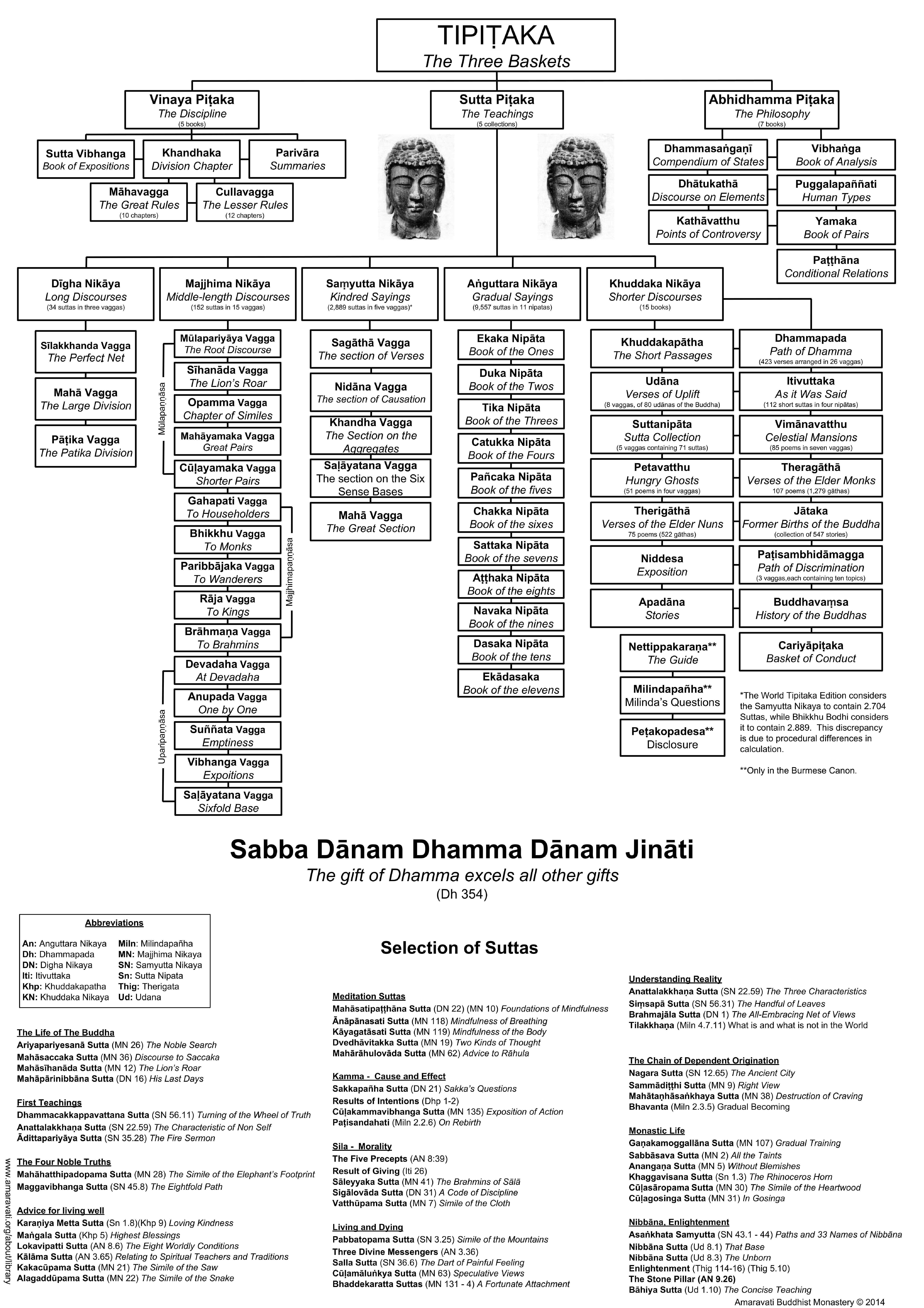I have been practising Vipassana for quite a while (2 and half years). Now, I want to also dwell into the teachings of Buddha as presented in Suttas and apply those teaching in my everday life. I have read a bit about Majjhima Nikaya and Samyutta Nikaya but bit I'm in dilemma and not sure whether other Nikayas are suitable for a beginner or not. With which Sutta (Nikaya) should I start with?
4 Answers
Well DN and Mn are long copies of suttas from AN and SN. The problem with AN and SN is their size.
Since people today say that the suttanipata [=Snp] chapter 4 and 5 are the oldest texts, and that They are read in a few hours tops, you can start here:
http://ftp.budaedu.org/ebooks/pdf/EN391.pdf
https://www.accesstoinsight.org/tipitaka/kn/snp/index.html
So the order would be about starting with short texts and collections, then the big collections, then go back to DN for a summary: sutta nipata chapter 4, 5, then 1, 2, 3, then MN, people like the dhammapada too so why not, Then SN and AN in no order, Then DN, then all the little added stuff in KN. Of course, there is the vinaya and the abidhamma too....
Here is a picture of all the catalog
The famous Bikkhu Sujato has written a few guides about all those Nikayas
A Reader’s Introduction to the Pali Nikāyas https://discourse.suttacentral.net/t/a-reader-s-introduction-to-the-pali-nikayas/11507
more guides here https://discourse.suttacentral.net/c/reading-guides
Instead of reading, There are also records of MN, AN, Snp, KN, SN, DN https://bodhimonastery.org/online-dharma-lectures
https://www.youtube.com/user/venbodhi/videos
http://www.suttavinaya.com/list-of-topics/
https://www.youtube.com/user/vbgnet98/videos
It will take a while to read or hear all that, especially if you do not spend the whole day doing that, so it is even better to begin with the short texts.
IMHO, this is my recommendation:-
Start with Digha Nikaya. It is more suited for "beginners" because the Suttas take the trouble to explain the fundamentals and the little-but-later-on-important items.
In the Majjhima Nikaya, the reader is expected to already know many of the fundamentals and the Suttas start to get "terse".
And finally, the Samyutta Suttas, which is even terser.
Many people also took up Abbidhammas at some point, but personally, I found that many of the items described in there could only be properly understood by a Samatha meditation practitioner.
In the Buddha's words by Bhikkhu Bodhi is great. He picks suttas from all the Nikayas so you don't have to. They are arranged by themes to aid dipping into.
The proper way to follow gradual instruction/progressive teaching (Ānupubbī-kathā) given by the Lord Buddha when it was necessary to first prepare the listener's mind before speaking to him on the advanced teaching of the Four Noble Truths.
- Generosity (dāna)
- morality (sīla)
- Heaven (sagga)
- Danger of sensual pleasure (kāmānaṃ ādīnava)
- Renunciation (nekkhamma)
- The Four Noble Truths (cattāri ariya-saccāni)
The last one is called Sāmukkamsika desanā which describes suffering, its cause, its ceasing, and the path.
The purpose of this gradual instruction is to ensure that the listener's mind was prepared, pliant, free from obstacles, elevated and lucid enough to understand the four noble truths.
~ Reference: Ānupubbī-kathā
Suttas about Generosity
- Siha Sutta: To General Siha (AN 5.34)
- Dana Sutta: Giving (AN 7.49)
- Sangaha Sutta: The Bonds of Fellowship (AN 4.32)
Suttas about Morality
Suttas about Heaven
Suttas about danger of sensual pleasure
Suttas about Renunciation
Suttas about the Four Noble Truths
Note: This is what I understood. I may be wrong but not Dhamma.
